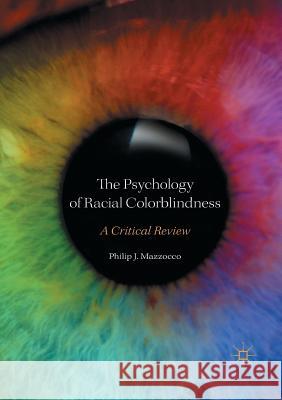The Psychology of Racial Colorblindness: A Critical Review » książka
topmenu
The Psychology of Racial Colorblindness: A Critical Review
ISBN-13: 9781349955992 / Angielski / Miękka / 2018 / 205 str.
Kategorie:
Kategorie BISAC:
Wydawca:
Palgrave MacMillan
Język:
Angielski
ISBN-13:
9781349955992
Rok wydania:
2018
Wydanie:
Softcover Repri
Ilość stron:
205
Waga:
0.27 kg
Wymiary:
21.01 x 14.81 x 1.19
Oprawa:
Miękka
Wolumenów:
01
Dodatkowe informacje:
Bibliografia
Wydanie ilustrowane
Wydanie ilustrowane











